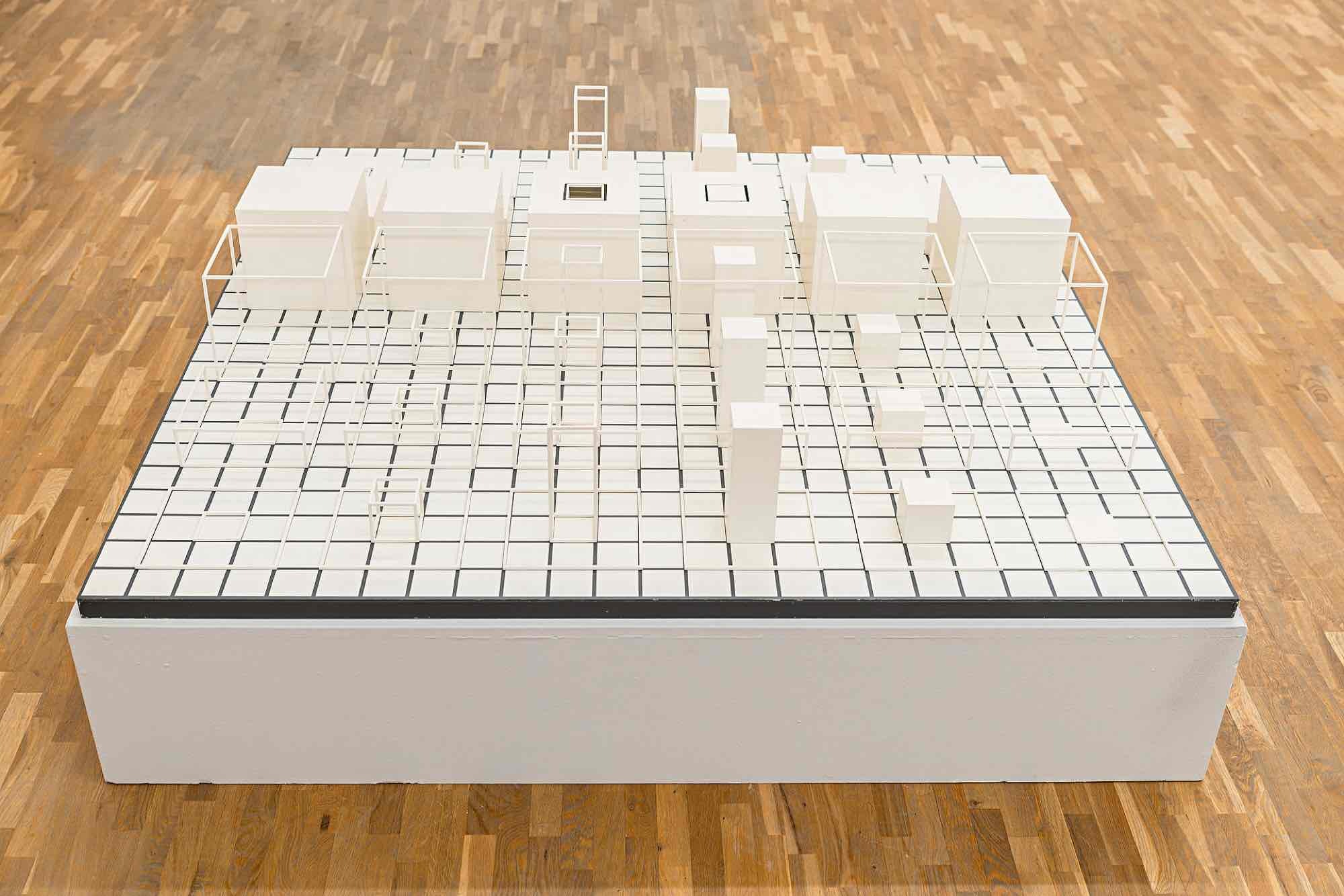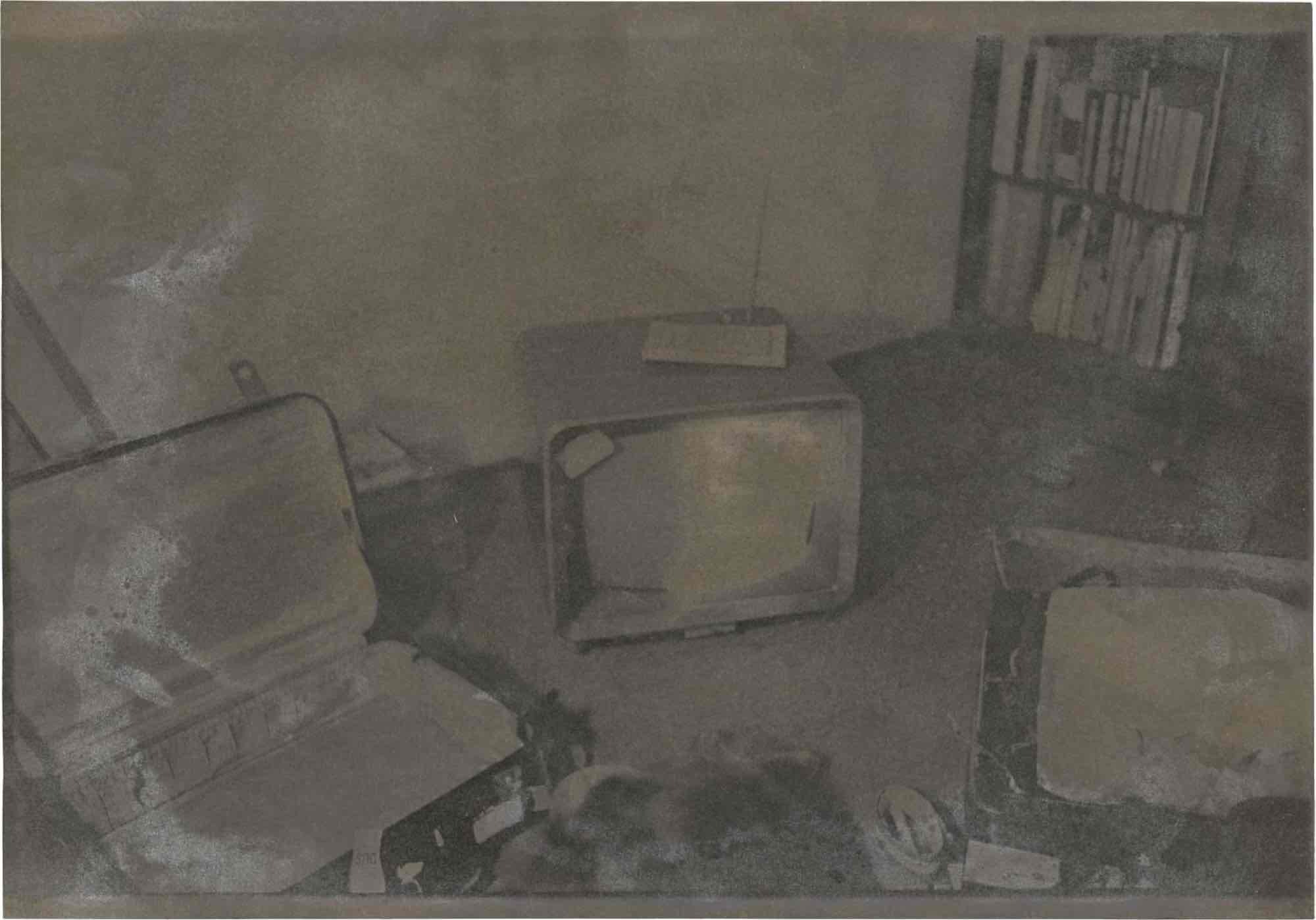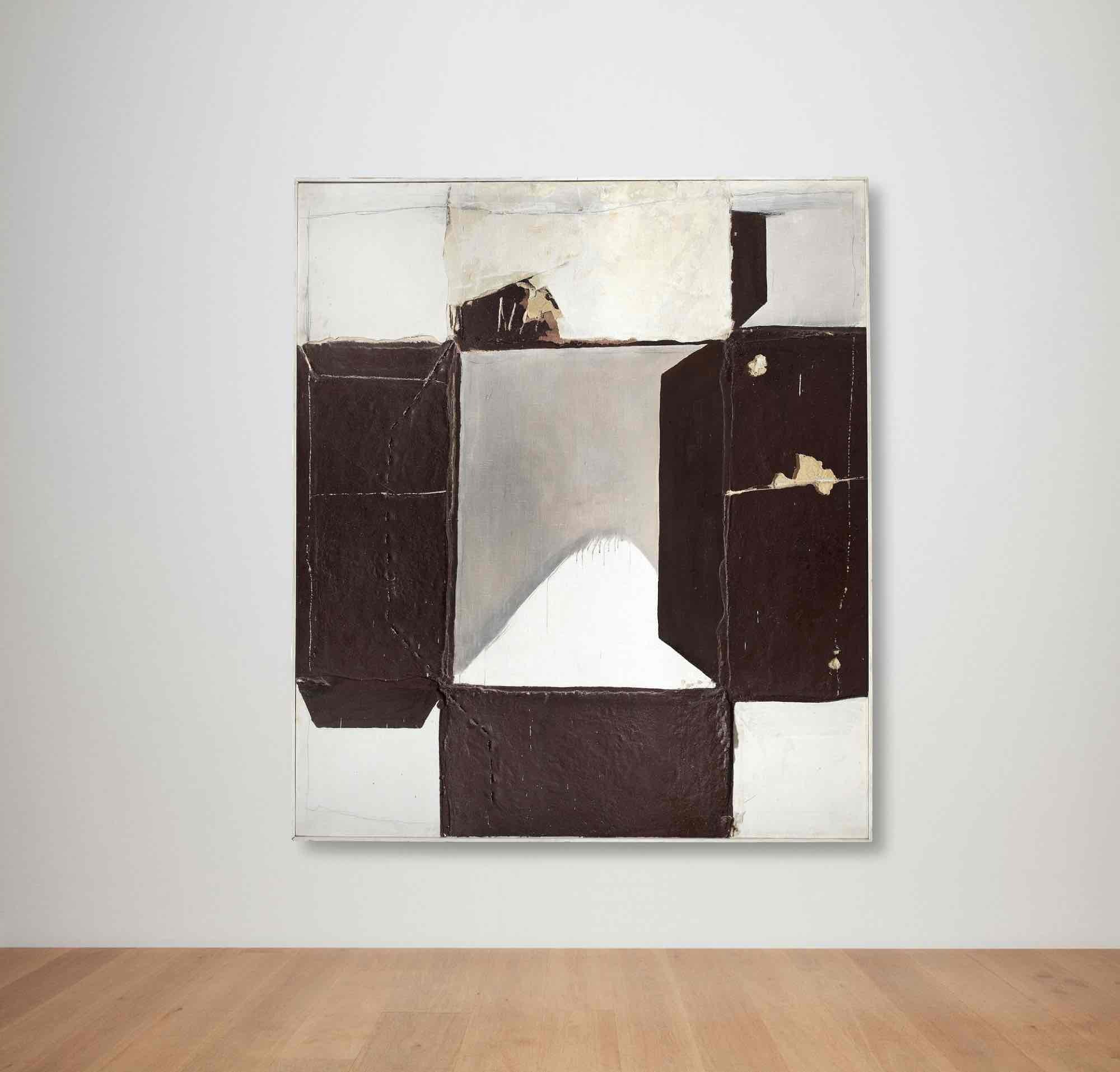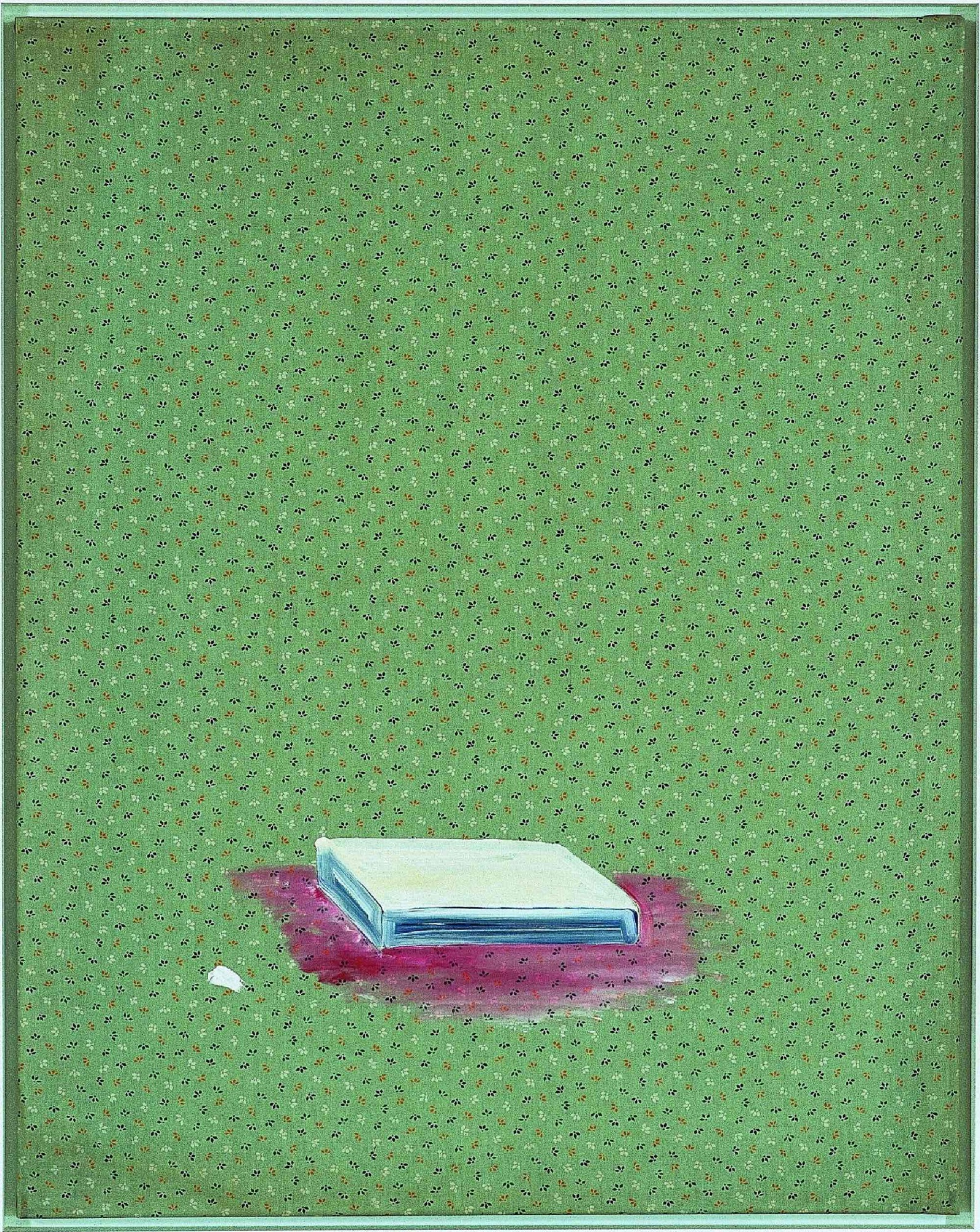Thinking outside the box
Studiolo
03 Nov 2023 - 01 Apr 2024

Studiolo: Sol LeWitt, Serial Project No. 1 (ABCD), 1966, Contemporary Collection, MGKSiegen, Permanent Loan Westfälisches Landesmuseum Münster, © VG Bild-Kunst, Bonn 2023,
Photo: Christian Wickler
Photo: Christian Wickler

Studiolo: Sol LeWitt, Serial Project No. 1 (ABCD), 1966, Contemporary Collection, MGKSiegen, Permanent Loan Westfälisches Landesmuseum Münster, © VG Bild-Kunst, Bonn 2023,
Photo: Christian Wickler
Photo: Christian Wickler

Candida Höfer, Sächsische Landesbibliothek Dresden VIII, 2002/2003, MGKSiegen, Contemporary Art Collection, © VG Bild-Kunst, Bonn 2023

Sigmar Polke, Photographs, 1973-1978, The Lambrecht-Schadeberg Collection, MGKSiegen, © The Estate of Sigmar Polke/VG Bild-Kunst, Bonn 2023

Antoni Tàpies, Marró desplegat, 1974, The Lambrecht-Schadeberg Collection, MGKSiegen, © VG Bild-Kunst, Bonn 2023

Studiolo: Sigmar Polke, Ohne Titel, 1983-2006, Weißes Kästchen, 1970, The Lambrecht-Schadeberg Collection, MGKSiegen, © The Estate of Sigmar Polke/VG Bild-Kunst, Bonn 2023
The expression “thinking outside the box” means thinking creatively, in an innovative or even risky way, daring to go beyond familiar territory and entrenched rules. In German there is a corresponding expression: “Über den Tellerrand hinausschauen” (looking beyond the edge of your plate), which also suggests an openness to things new.
The occasion for our current Studiolo presentation is a new acquisition for the Lambrecht-Schadeberg Collection: the painting “Marró desplegat” by Antoni Tàpies from 1974. This work shifts into focus the motif of the box, i.e., the crate. The Catalan title can be translated as “brown unfolded”, leading to an obvious interpretation of the initially abstract-seeming painting’s motif. It is simply a brown cardboard box that has been unfolded and laid flat; perhaps for new use or ready for disposal with the waste paper. The new Tàpies with its unusual motif also allows a fresh perspective on the MGKSiegen’s collections.
Boxes and crates are soon found in many places – not only as motifs, but also as concrete objects and containers. The following examples show how the box has established itself as an important theme in art since the 1960s: for example, as the object of formal analysis in the work of a minimalist like Sol LeWitt; as a mysterious box in the experimental work of Sigmar Polke, or even in the work of a contemporary artist like Vajiko Chachkhiani with a study of personal objects in his everyday life.
From the outset, artistic ideas exemplify “thinking outside the box”, since they are creative, inquisitive explorations of the novel and the unfamiliar. Some of the examples presented here show how artists have deliberately limited themselves to a box, something that is fascinating precisely because it stays closed and mysterious.
Ultimately, this experiment reveals how with, in and beyond the box, our everyday perception is constantly shaped by boxes. Every work of art once arrived at the museum packed in a box. There, it is kept in a square frame or on a cubic plinth and together with the artworks, we ourselves occupy spaces that are boxes made of steel and concrete. These built, familiar everyday structures are exhibited in artworks; especially when it is unclear what might be hidden inside a closed box.
The exhibition format “Studiolo" is a dynamic space within the MGKiegen collection. Here, in regularly changing exhibitions, individual focal points and groups of works from the collections are brought into focus.
Curator: Prof. Dr. Christian Spies
The occasion for our current Studiolo presentation is a new acquisition for the Lambrecht-Schadeberg Collection: the painting “Marró desplegat” by Antoni Tàpies from 1974. This work shifts into focus the motif of the box, i.e., the crate. The Catalan title can be translated as “brown unfolded”, leading to an obvious interpretation of the initially abstract-seeming painting’s motif. It is simply a brown cardboard box that has been unfolded and laid flat; perhaps for new use or ready for disposal with the waste paper. The new Tàpies with its unusual motif also allows a fresh perspective on the MGKSiegen’s collections.
Boxes and crates are soon found in many places – not only as motifs, but also as concrete objects and containers. The following examples show how the box has established itself as an important theme in art since the 1960s: for example, as the object of formal analysis in the work of a minimalist like Sol LeWitt; as a mysterious box in the experimental work of Sigmar Polke, or even in the work of a contemporary artist like Vajiko Chachkhiani with a study of personal objects in his everyday life.
From the outset, artistic ideas exemplify “thinking outside the box”, since they are creative, inquisitive explorations of the novel and the unfamiliar. Some of the examples presented here show how artists have deliberately limited themselves to a box, something that is fascinating precisely because it stays closed and mysterious.
Ultimately, this experiment reveals how with, in and beyond the box, our everyday perception is constantly shaped by boxes. Every work of art once arrived at the museum packed in a box. There, it is kept in a square frame or on a cubic plinth and together with the artworks, we ourselves occupy spaces that are boxes made of steel and concrete. These built, familiar everyday structures are exhibited in artworks; especially when it is unclear what might be hidden inside a closed box.
The exhibition format “Studiolo" is a dynamic space within the MGKiegen collection. Here, in regularly changing exhibitions, individual focal points and groups of works from the collections are brought into focus.
Curator: Prof. Dr. Christian Spies
